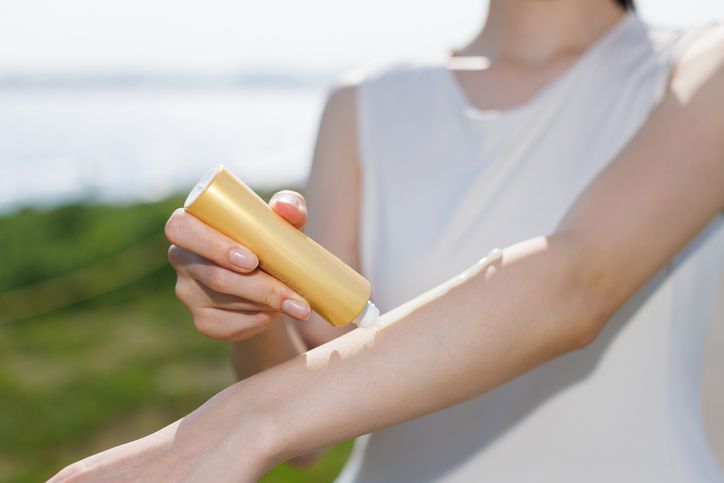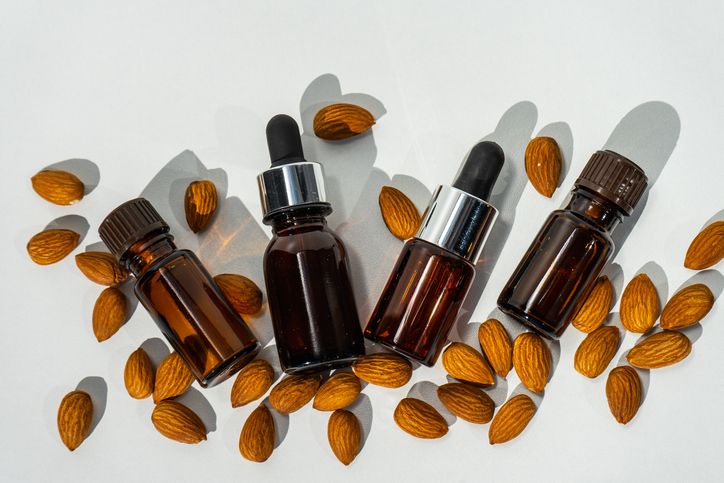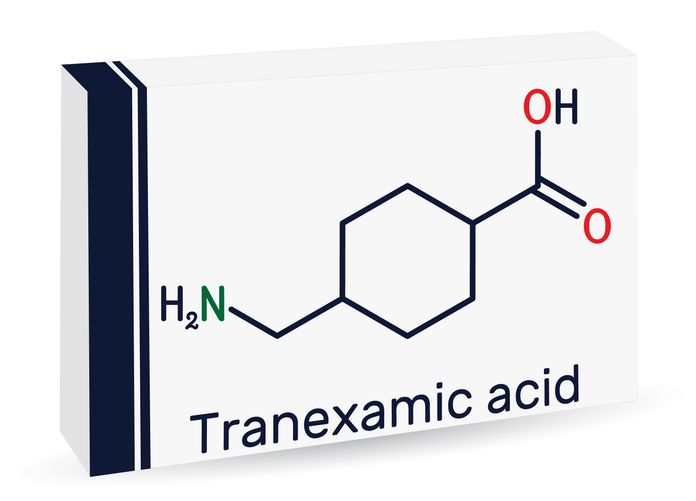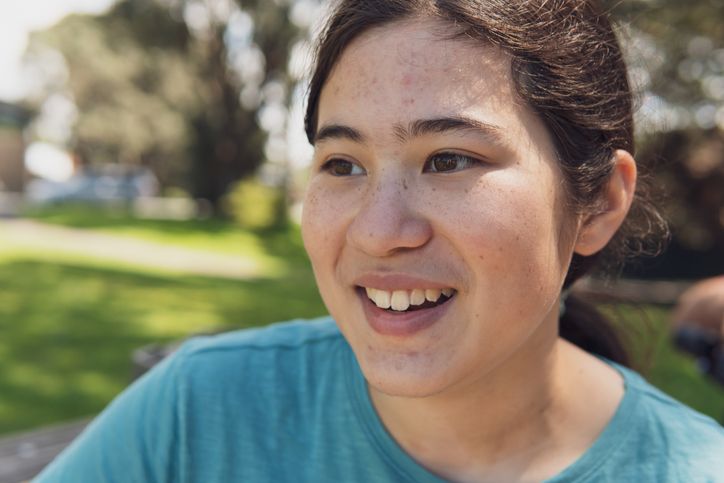- Home
- Trend
- Weight Loss Strategies
- Acne Tips
- Hair Health Information
- Blemish Removal Tips
- Acne Scar Removal Tips
- Muscle Building Techniques
- Intimate Care Tips
- Postpartum Intimate Care
- Eye Bags Wiki
- Tips for Face Slimming
- Secret of Permanent Hair Removal
- Breast Enlargement Tips
- Cure to Snoring
- Marionette Lines
- Skin-Tightening Secrets
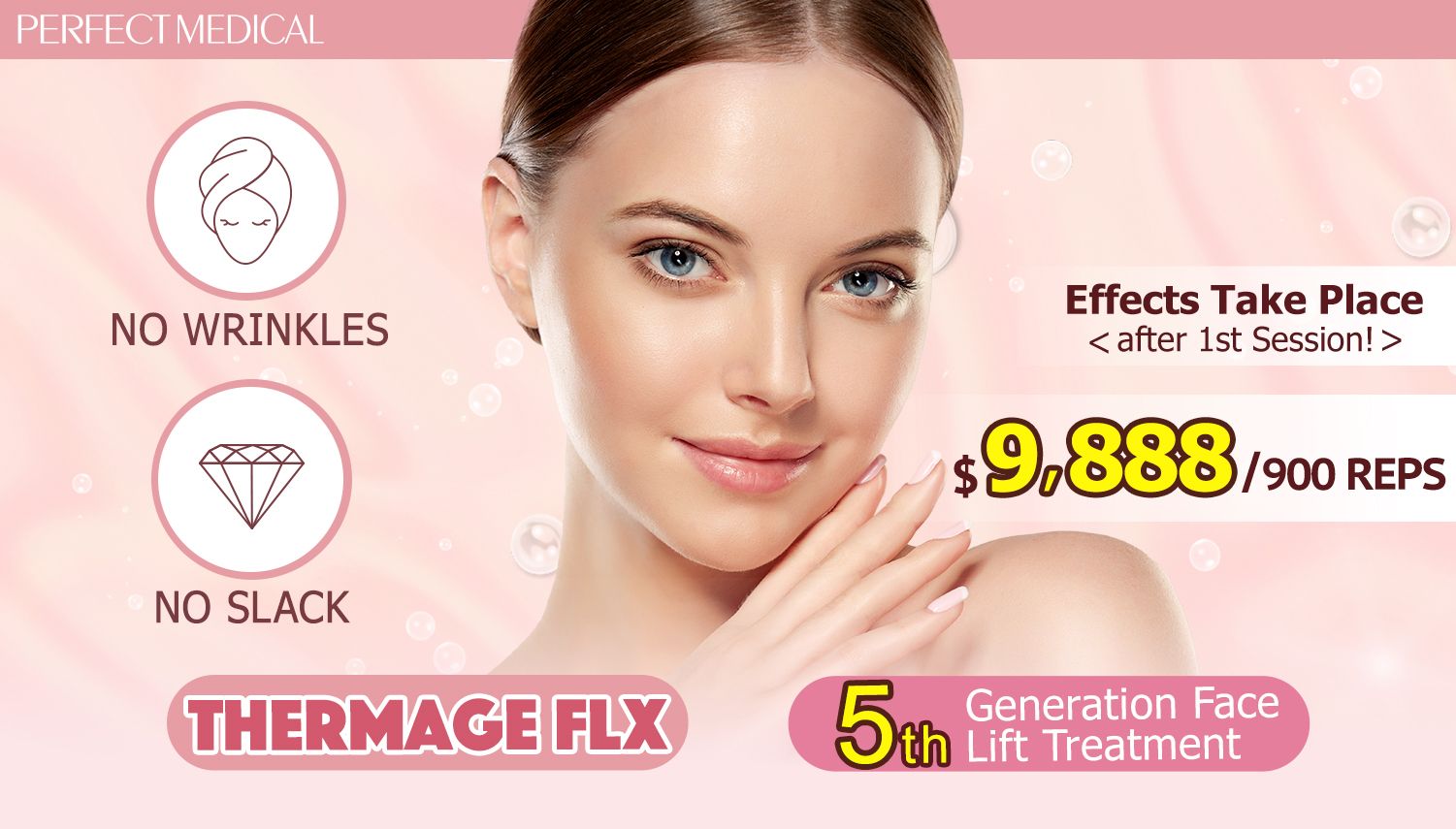
免費體驗
Thermage FLX 5th Generation Face Lift Treatment
1 Minute Self-Registration
Date should not be before minimal date
Ever notice how gravity seems to take hold of your skin a little more each year? It's not just your imagination. Sagging skin is a natural part of ageing, and it can settle in on your face, neck, arms, and thighs like uninvited guests. But fear not, fellow explorers of youthful vibrancy! Let's delve into the reasons behind this unwelcome change and discover the secrets to revitalising your appearance and reclaiming your confidence.
1
Want to Tighten Loose Skin? 6 Culprits Behind Sagging Process
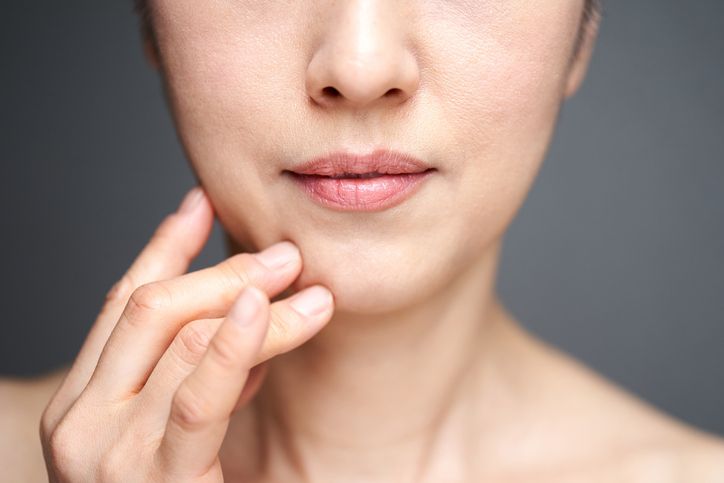
Natural Aging Process
Rapid Weight Loss
Sun Exposure
Lifestyle Choices
Reduction in Hyaluronic Acid
Decline in Human Dermis Proteins
2
How Can I Tell If My Skin Starts Sagging?
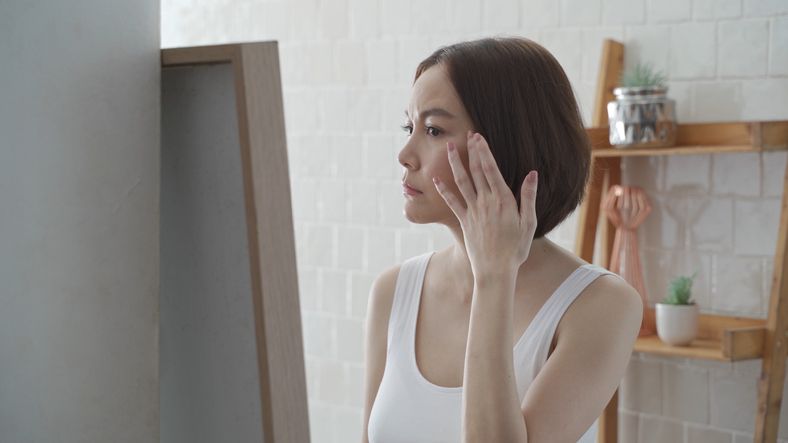
3
3 Must-Dos Everyday to Treat Sagging Skin And Slow Down Skin Ageing

1. Sun Protection
2. Maintain a Skin-Healthy Diet
3. Warm-Up Your Facial Muscles
4
Innovations in Skin Tightening and Firming: Thermage FLX 5th Generation Face Lift Treatment

Other Surgical & Non-Surgical Procedures That Are Commonly Heard

免費體驗
Thermage FLX 5th Generation Face Lift Treatment
1 Minute Self-Registration
Date should not be before minimal date
5
Closing Thoughts


免費體驗
Thermage FLX 5th Generation Face Lift Treatment
1 Minute Self-Registration
Date should not be before minimal date
FAQ

1. As skin ages, how does its elasticity change, and what impact does blood flow have on this aspect?
As the skin ages, its elasticity tends to decrease due to the reduced production of collagen and elastin, which are crucial for maintaining the skin's firmness and flexibility. Good blood flow is essential as it nourishes the skin with oxygen and vital nutrients while removing waste products, which together help maintain the skin's elasticity. Poor circulation can accelerate the ageing process, leading to earlier loss of elasticity.
2. Do lifestyle factors play a role in determining whether someone might need body contouring procedures?
Yes, lifestyle factors such as diet, exercise, and habits like smoking can significantly impact body shape and skin condition. A healthy lifestyle may reduce the need for body contouring procedures by maintaining a stable weight and preserving skin elasticity. However, factors like rapid weight changes can lead to saggy skin, making body contouring procedures more desirable for those seeking to restore a firmer body appearance.
3. What skin tightening options are available that target the skin deeply for more effective results?
There are several skin tightening options that target the deeper layers of the skin for enhanced results. Techniques such as radiofrequency, ultrasound therapy, and laser treatments work by heating the deeper skin layers to stimulate collagen production, leading to improved skin elasticity and firmness. These treatments are effective in tightening the skin from within, offering a non-surgical alternative to more invasive procedures.
4. What changes occur to the skin's surface as it ages?
As the skin ages, several changes can occur to the skin's surface, including the appearance of fine lines, wrinkles, age spots, and a general loss of radiance. The skin may also become drier and thinner, losing its youthful plumpness and smooth texture. These changes are partly due to the decreased production of natural oils, slower cell turnover, and environmental factors like sun exposure.
5. What are some effective skin tightening options for the upper body?
Yes, there are specific skin tightening options designed for the upper body, including treatments like radiofrequency energy, intense pulsed light (IPL), and focused ultrasound. These methods can be particularly effective for areas like the arms, chest, and neck, where skin laxity can be more pronounced with age. Additionally, exercises that increase muscle mass can also help improve the appearance of the skin by providing better support for the skin's surface.





